Problem 10.1 Cryptography
It is much more difficult to find factors than to find primes. It is not
difficult to check that 173 and 281 are both primes; but if you are given
the number 48613 and asked to factorise it, you will probably have a great
deal of difficulty realising it equals 173 × 281 unless you have a
computer.
Techniques to factorise large numbers are used in cryptography. In 1977, a group of three mathematicians (Rivest, Shamir and Adleman)
devised a way of making secret codes that involves scrambling messages
according to a mathematical formula based on factoring. Now, such codes are
used in banking, for secure telephone lines and by the Defence Department.
In this system, a number repeats a string of letters in the messages.
That number is multiplied by itself many times, making a bigger number that
helps mask the message. Then a large number whose factors are secret divides
the bigger number. The remainder of that division (the amount left over) is
the coded message. Only a person who knows the secret factors of the large
numbers can decode it.
In making these codes, mathematicians have to strike a delicate balance
when they select numbers used to scramble the messages. If they select a
number that is easy to factorise, the code can be broken. If they make the
number much larger and much harder to factorise, it takes much longer for
the calculations used to scramble and unscramble a message.

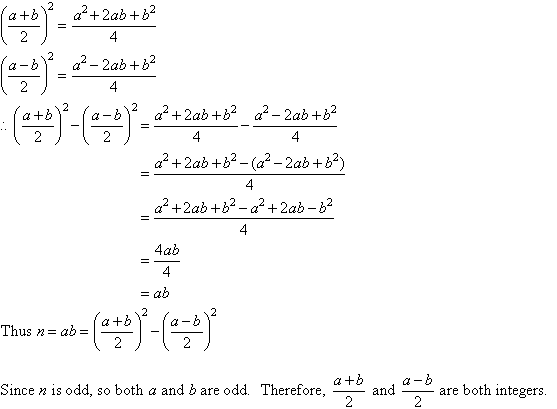
Note:

The following technique to factorise may help you to find factors of
large numbers.

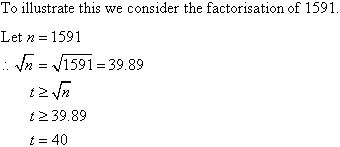
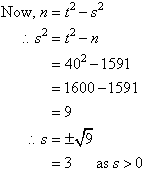

Question 1
Factorise the following numbers:
a.
8633 b.
5293 c.
3149
Problem 10.2 Pascal's Triangle
Pascal's triangle is formed by the number pattern as shown below:
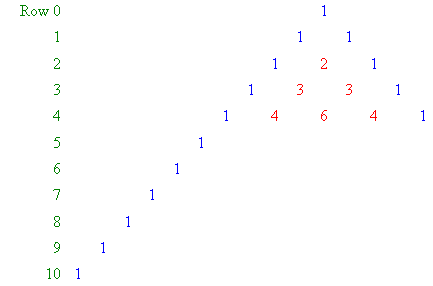
The numbers in Pascal's triangle are used in genetics and probability.
The French mathematician Blaise Pascal discovered many probabilities of this
triangle of numbers.
1. Complete the Pascal's triangle up to row 10.
2. Find the sum of all numbers in :
a. Row 0
b. Row 1
c. Row 2
d. Row 3
e. Row 4
f. Row 5
g. Row 6
h. Row 7
i. Row 8
j. Row 9
k. Row 10
3. By observing the pattern, deduce a general formula for the sum
of all numbers in the nth row.
4. Find the sum of all numbers in the 50th row.
5. By using Pascal's triangle, we notice that:
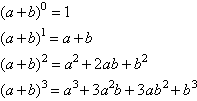
By observing the pattern, expand the following:

|